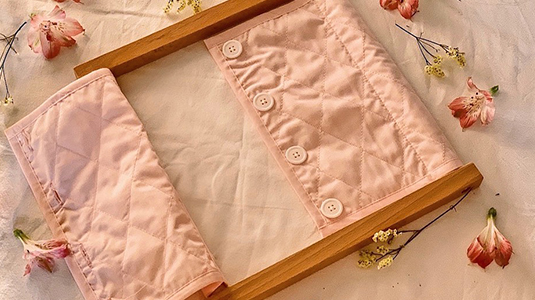About The Montessori Method
Maria Montessori discovered that every child has a spontaneous urge to learn and this discovery led her to develop the prepared environment.
Within the prepared environment, the child must experience freedom of movement, freedom of exploration, freedom to interact socially, and freedom from interference from others. This freedom ultimately leads to a greater freedom: freedom of choice.
A Montessori classroom is a peaceful place where children make creative choices in their learning. Children move freely throughout the environment, choosing activities that interest them, or working with the teacher, individually, or in small groups. Outdoor environments are important in Montessori schools, and offer opportunities to engage with the natural world.
The Montessori curriculum is split into five separate areas:

Practical Life
The purpose of Practical Life is to help the child gain control in the coordination of his movement, and help the child to gain independence and adapt to his society. There are a wide range of activities such as pouring, transferring, cutting, polishing working with dressing frames such as buttons, zips, buckles etc…. All these activities assist the child to develop independence and concentration, as well as hand-eye co-ordination and fine motor control.

Sensorial
The child passes through a sensitive period for the refinement of the senses between the ages of 2 ½ and 6 years old and through the sensorial materials, the child is given the tools needed to sharpen and refine his senses. Materials are concrete, graded from simple to complex and sequenced. This helps to develop and refine each individual sense fully. The child is able to order and name the impressions he is receiving and this is the basis for his understanding of himself and the world around him.

Literacy
Language development is supported by a number of activities that stimulate communication skills and vocabulary development. The children are taught their alphabet phonetically using Sandpaper Letters. Once the child knows some sounds, they began word building using objects and letters and this progresses through simple words to more complex ones. The children are introduced to the “Insets for Design” which prepare the child’s hand for writing and refine control and precision of movement. When children are ready to start writing they are shown the correct way of forming letters and given every opportunity to practice their new skill.

Mathematics
Montessori mathematical materials help children to move from concrete to abstract, and from simple to complex. The children become familiar with the recognition of numbers and they gain an understanding that quantity can be represented in many different ways. There is a natural progression in the level of difficulty of materials and children’s learning is scaffolded every step of the way from counting to understanding fractions.

Cultural
Cultural activities lead the child to experience music, stories, artwork and items from the child’s community, society and cultural background. The areas of geography, science, zoology and botany are all included in this area.
A range of globes, puzzle maps and folders containing pictures from different countries all help to give the child an insight into different cultures.


